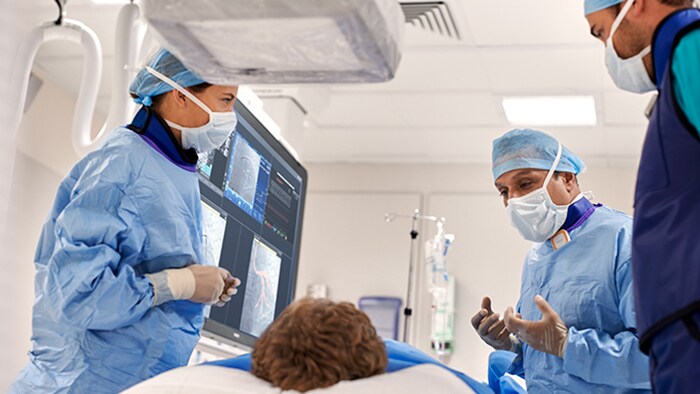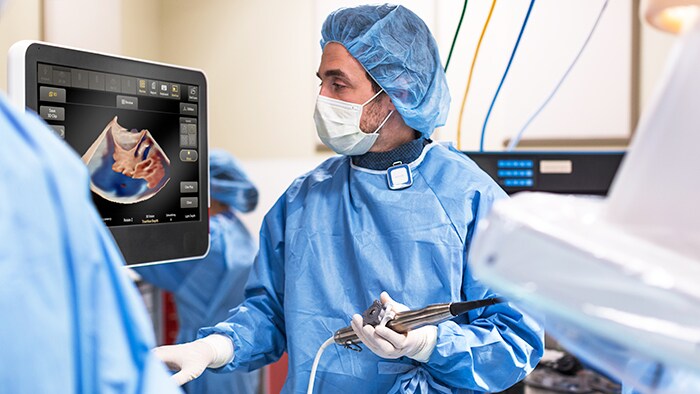Cardiology
Clinical confidence and efficiency in Structural Heart Disease
An administrator’s perspective
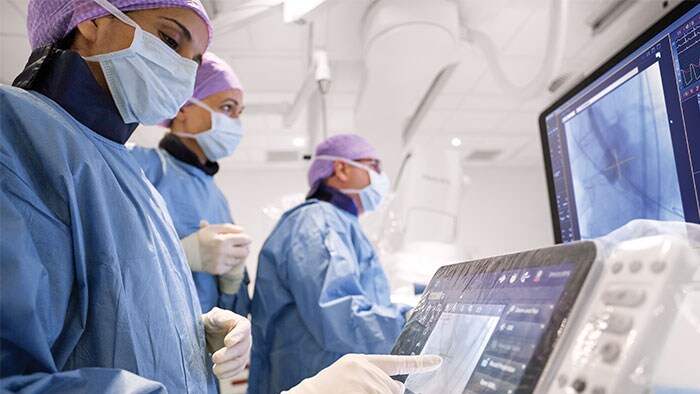
Share this article
Introduction
Hackensack Meridian Health is the largest health network in New Jersey, with Hackensack Meridian Hackensack University Medical Center as one of its flagship teaching hospitalsand the largest medical center in the state. Located just across the river from Manhattan, Hackensack must deliver the highest quality care to effectively compete with other leading world-renowned academic hospitals in the New York City area.
As Hackensack has expanded its reputation as an academic medical center, its Structural and Congenital Heart Center has been key to differentiating its cardiology services and becoming a destination for leading-edge structural heart disease (SHD) treatment. A hybrid OR built in partnership with Philips has been an important asset in the development of this center for excellence. In this article, Hackensack’s Directorof Network Operations for Cardiovascular Care, Hilary Nierenberg, FACHE, shares her perspective on Hackensack’s growth and the ways that Philips has helped support that growth.
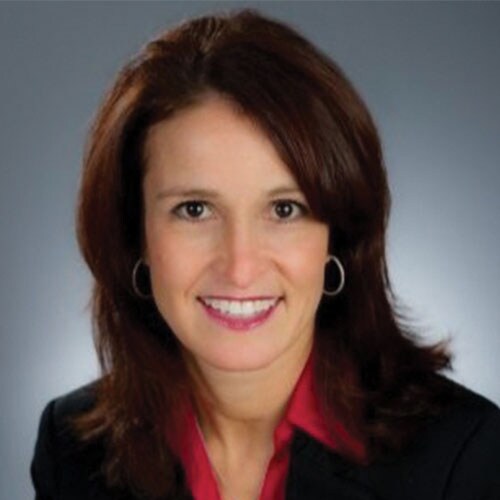
Hackensack has always had a really stable reputation in the community. We have been a destination for advanced cardiac care for a long time… About six years ago, the priority to recruit and establish a structural heart disease innovator took shape, and we started putting the pieces together. We have continued to work on the structure and the ability to be a destination for cardiovascular care—our volume, our clinical trials, and our outcomes show a very steady incline, even in the face of continued competition.”
Hilary Nierenberg, FACHE, Director of Network Operations for Cardiovascular Care
Hackensack University Medical Center
Building a center of excellence for structural heart disease
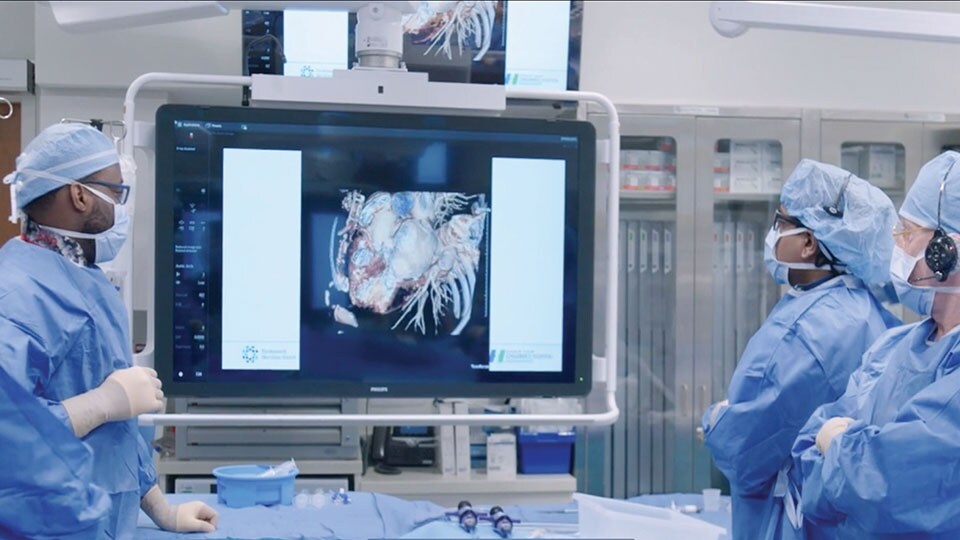
A view inside the cath lab at Hackensack.
In a rapidly changing healthcare environment, Ms. Nierenberg steers the cardiovascular service lineat Hackensack to navigate challenges and manage growth. As more patients of younger age and lower risk are referred for SHD procedures, managing these patients has become a key growth driver for Hackensack’s cardiovascular service line. This means that transcatheter procedures for SHD are helping to drive surgical volume and overall profitability.
She notes, “Structural heart disease care has been so innovative as we’ve moved away from open heart procedures to wire-based minimally invasive procedures. The development continues to be amazing as we look at other valves and other structural heart options. I think the general community is still not as aware as they could be that structural heart procedures can be percutaneous, rather than an open procedure.”
A multidisciplinary team approach to SHD cases is critically important. Ms. Nierenberg notes that Hackensack established the Structural and Congenital Heart Center to create a specialty-neutral, patient focused approach that could bring together multiple specialties in a structured way. She states, “We’ve created a center of excellence that is really very encompassing in the way it brings providers together, and the collaboration is incredible.” One of the keys to growth has been Hackensack’s hybrid ORs, one of which features the Philips Azurion with FlexArm image-guided therapy system. The Azurion FlexArm is a ceiling-mounted system that gives teams the freedom to position staff and equipment to allow optimal patient access—supporting complex cases and new procedures. Reflecting on the decision to partner with Philips, Ms. Nierenberg observes, “When you have the ability to build new rooms and bring in the best technology, you need to evaluate many options. The selection of Philips was driven by the users, based on the technology that they needed and the quality of the imaging that Philips provided. Having the capabilities of the FlexArm seemed so important—to be able to have flexibility while allowing as many team members in the room as possible.”

A view inside the cath lab at Hackensack.
How Philips supports procedural confidence and efficiency in structural heart care
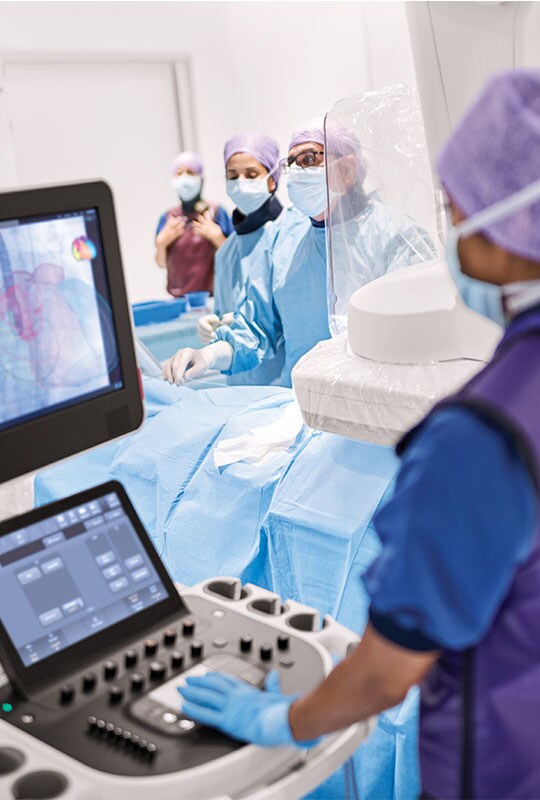
EPIQ CVxi with EchoNavigator provides a streamlined workflow experience for live fusion imaging.
In the hybrid OR, the Philips Azurion image-guided therapy system is integrated with the Philips EPIQ cardiovascular ultrasound with 3D transesophageal imaging to provide live fusion imaging guidance for structural heart procedures—while the interventionalis thas complete access to images, patient monitoring and reports at table side. The care team can access a comprehensive patient view that helps improve teamwork and reduce errors. Beyond the capabilities of the Philips hybrid OR, Ms. Nierenberg notes, “Ongoing support and easy access to the Philips team has been hugely beneficial. We don’t have barriers to access, which is incredibly valuable to the clinical team. It does seem like a partnership.” She’s currently working with Philips to establish an ongoing training model that can help ensure her team is able to maximize the capabilities of the hybrid OR—by making sure new and current staff have frequent opportunities to train with Philips experts, long after the initial setup of the room.
Ms. Nierenberg states, “The product, the image quality, the collaboration has been really valuable to the team in helping us establish and continue to grow a very competitive and academic-oriented structural heart program.”
Collaborating to shape the future
One of the ways that Ms. Nierenberg and Philips are working together to improve the future of cardiovascular care is through their participation in the Philips-sponsored CV TRIAD, a unique framework created to effectively tackle key challenges in cardiovascular care and drive transformation.
The CV TRIAD brings together physician leaders, administrators, and industry to create a community of thought leaders committed to reinventing cardiovascular care. It’s based on the premise that different groups tackle problems differently. They can learn from one another and progress if they are brought together in a dynamic joint leadership team under shared accountability. As Ms. Nierenberg observes, “There are very rich relationships that physicians have with their preferred vendor, but through my experience as an administrator, it became very obvious that we can all benefit from a much more collaborative and engaging approach. Philips had a similar vision, and over the years we’ve had an opportunity to work with physician leaders, administrators, and industry together.”
“We’re having conversations we don’t typically have. The CV TRIAD offers us the opportunity to see a different perspective. It’s a very professionally rewarding and creative environment.”
In a recent session, leaders brain stormed around how to address the staffing shortages that are a significant challenge in cath labs across the country. Ms. Nierenberg describes the conversation and its outcome, “A lack oftraining programs for specific roles was one of the issues we discussed. Now, we’re exploring the development of a replicable training program for cardiovascular technicians that could be provided to schools anywhere in the country and implemented in partnership with local hospital systems.”
Conclusion
As Hackensack continues to grow its SHD center of excellence, Philips remains a committed partner in supporting that growth. Ms. Nierenberg notes that this type of partnership is essential:
“Building a successful program requires a few components—collaborative leaders, a structure with accountability and goals, support for research, a forum where quality and outcomes can be shared. A really solid industry partner is also crucial—because imaging is what enables the opportunity to provide the best care.”
Further reading
Results from case studies are not predictive of results inother cases. Results in other cases may vary. © 2022 Koninklijke Philips N.V. All rights are reserved.

